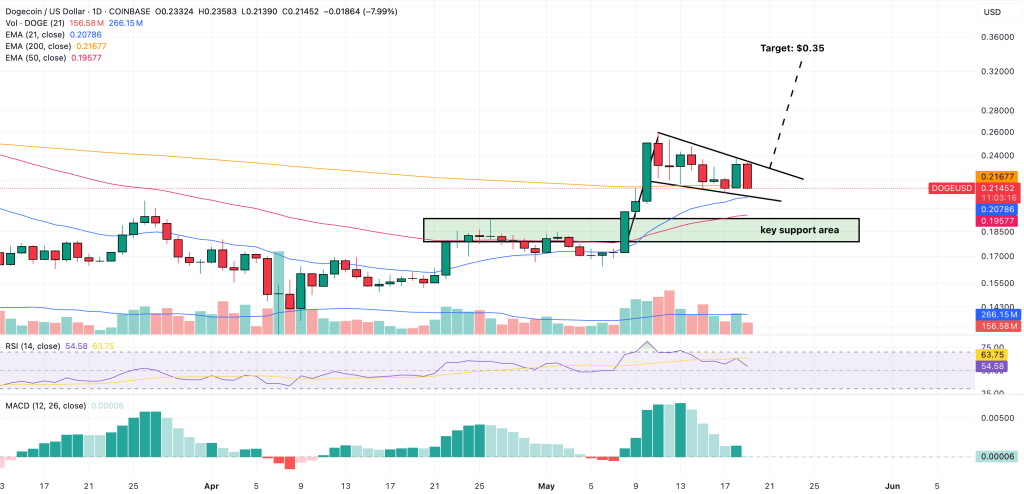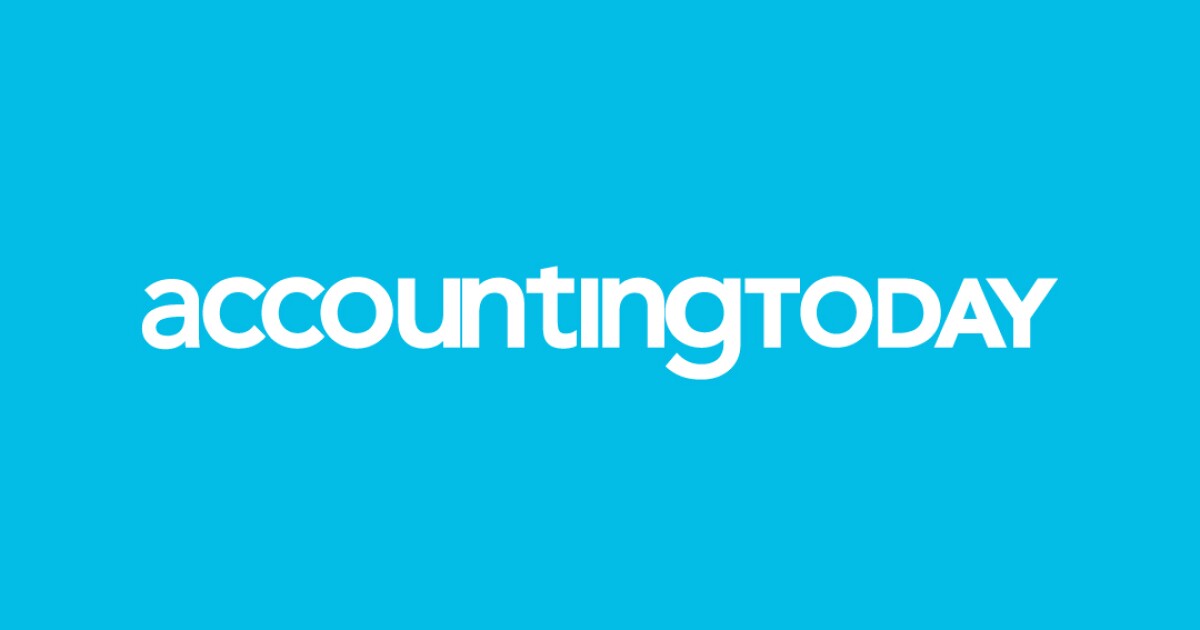Both 96% of women and men saying career is important to them, finds the Women in the Workplace 2023 … [+]
getty
Women are more ambitious than before the pandemic, and workplace flexibility may be helping women to pursue their ambitions, according to the just-released Women in the Workplace Report 2023 from LeanIn.Org and McKinsey & Company, the largest study on the state of women in corporate America.
“There have been a lot of headlines that infer remote and hybrid work might be getting in the way of women’s ambitions,” says Rachel Thomas, co-founder and CEO of LeanIn.org. “So it’s exciting to have big data that tells the exact opposite story; that women are highly ambitious. They’re more ambitious than they were before the pandemic. They’re as ambitious as men. And flexibility is fueling that ambition, not diminishing it.”
While last year’s Women in the Workplace Report uncovered that women leaders were leaving in record numbers in what was dubbed “The Great Breakup,” this year’s report finds the number of women in the C-Suite has grown to 28% at the same time that women’s labor force participation has exceeded pre-pandemic levels.
While this sounds like progress, there is more to the story. Women of color remain underrepresented at every level, and make up only 6% of the C-suite. The “broken rung” has not been fixed: In 2023, for every 100 men promoted from the entry-level to manager, only 87 women—and 73 women of color—are promoted.
“Women are promoted more slowly in the middle of the pipeline, and we know that the broken rung is the main driver of that,” says Lareina Yee, co-author of the Women in the Workplace Report and senior partner at McKinsey & Company.
Sheryl Sandberg, former COO of Meta and founder of LeanIn.org and OptionB, says raising awareness … [+]
Getty Images
Moreover, it will take 131 years to close the global gender gap—up from 135 years last year, according to the World Economic Forum. “The biggest headline is that things aren’t changing enough, and we need people to care and pay attention to that,” says Sheryl Sandberg, former COO of Meta and founder of LeanIn.org and OptionB. “I sound like a broken record, but what we really want to do this year is debunk myths that are holding women back. Because nine years into [publishing the Women in the Workplace Report], the real question is, why is this not changing?”
Workplace myths are often rooted in bias, and bringing awareness to those biases may be a first step in addressing the issues that hold women back at work. Here are four myths this year’s Women in the Workplace Report uncovered, and action steps for change.
The Myth: Women Have Lost Their Ambition
The Reality: Women Are More Ambitious Than Before The Pandemic
The report finds women are more ambitious than ever, with both 96% of women and men saying career is important to them. Moreover, young women and women of color are particularly ambitious, with about nine in 1o saying they want to be promoted to the next level.
Our culture often celebrates men for being ambitious and penalizes ambition in women. Take for example how women in the workplace are labeled “bossy” more often than men. This perception may impact who companies choose is worth investing in.
“It’s really important for people to know that women are as ambitious as men, because the belief that they are not is undercutting our ability to invest,” says Sandberg. “If you believe you are investing in training someone who’s on the path to being your next senior vice president, you invest and train them more.” One step companies can take is to track metrics such as access to and participation in career development training to ensure that it is equitable.
The Myth: The Glass Ceiling Is The Biggest Barrier To Women Advancing At Work
The Reality: The Broken Rung Continues To Block Women From Reaching Senior Leadership
Women, and particularly women of color, are less likely to be promoted to that first rung of manager level so in any given company 60% of manager-level positions are held by men while only 40% are held by women. With the number of women decreasing at every level, this means there aren’t enough women in the pipeline to leadership and women will never be able to catch up.
“I want to be really clear: There is a glass ceiling, and it’s a problem,” says Sandberg. “But for the ninth year in a row, our data shows the biggest gap for women as compared to men is that first promotion to manager. That makes sense, because we promote women based on what they’ve already proven they can do, while we promote men based on potential. You can’t prove you’re a manager until someone lets you manage. We need to be all the way down the pipeline to solve the problem—not just for today, but for tomorrow.”
“Broken ladders don’t fix themselves; they need someone to fix them,” says Thomas. One way to combat the broken rung is to debias the promotion and performance review process and track whether women are being promoted equitably to men with an intersectional lens. For example, one study found that 66% of women’s performance reviews contained negative personality feedback such as, “You could be less abrasive,” compared to only 1% of men’s reviews. Gender biases may lead to feedback for women centering around “being too aggressive.”
Take the ambiguity out of performance reviews to create less room for bias to creep in, such as by creating scorecards or rubrics that define the criteria for assessing employees’ performance based on the role’s specific goals or metrics for success.
The Myth: It’s Mostly Women Who Want Flexible Work Schedules
The Reality: Both Men And Women See Flexibility As A Top Workplace Benefit
Stereotypes about women being the primary caregivers may lead many to think it’s only women who prioritize flexible work schedules. According to the report, both men and women say the ability to work remotely and have control over their schedules are top company benefits, with only healthcare ranking higher. Both men and women cite better work-life balance and less burnout as the benefits of having a flexible schedule. Moreover, 83% say remote work increases their productivity, and women who work remote or hybrid report fewer microaggressions.
Without flexibility, 38% of mothers say that they would have had to otherwise leave their company or reduce their work hours. “Looking at this data, flexibility is driving retention and keeping women in the workplace,” says Thomas. “What we’re seeing with the seismic shift to flexibility is that when employees get more of the benefits they need to fit life into work, they’re able to stay more deeply committed to their careers and to lean into their ambitions. We should be looking for more ways to foster that type of support.”
Unfortunately, we may be in the midst of a “childcare cliff” as pandemic-era funding for childcare recently expired. Working moms will be hit the hardest, with as many as 70,000 child care centers potentially shutting down and an estimated 3 million kids losing out on early childhood care. We saw women leave the workplace at higher rates than men during the pandemic largely due to lacking access to childcare, and companies suffered.
“I think women have an outsized impact on their businesses,” says Sandberg. “During Covid, women did the majority of caring for the mental health of their employees. It was women managers who cared more about employee burnout and who did most of the DEI work.”
The top thing companies can do right now is to prioritize workplace flexibility as a top employee benefit for all, and to ensure employees aren’t penalized for working flexibly. This means putting systems in place to ensure performance is measured on results rather than on when or where work gets done, and that managers are trained to recognize flexibility stigma, which is the unfair judgment workers may receive when working flexible hours or remotely, such as being perceived as less committed.
The Myth: Microaggressions Have A Small Impact
The Reality: Microaggressions Have A Big Effect On Workplaces
Previous reports found that women are more likely to face microaggressions that challenge their competence—such as being interrupted, hearing comments on their emotional state, or having their judgment questioned, and women of color are far more likely than white women to experience othering behavior, such as being seven times more likely than white women to be confused with someone of the same race and ethnicity. LGBTQ+ women are most likely to feel the need to hide parts of their identity to fit in at work.
About 78% of women who experience microaggressions self-shield at work, adjusting the way they look or act in an effort to protect themselves, meaning workplaces are more likely to lose out on their ideas and insights. Women who experience microaggressions are three times more likely to think about quitting their jobs and four times more likely to almost always be burned out.
“Microaggressions are not micro,” says Thomas. “They have a very profound impact on women, their careers, their wellbeing, and also on organizations, because they’re so mentally fatiguing and require so much self shielding to manage microaggressions that companies are not getting women’s best ideas.”
Often employees aren’t even aware when they’re making microaggressions, so workplace bias training is important to increase awareness, as is allyship training to help build speak-up cultures where employees feel safe interrupting bias in the moment in order to spark learning opportunities.
Unless women are equally represented across the entire pipeline, we will never close the gender gap. That means women miss out on achieving their dreams and financial independence, workplaces miss out on women’s ideas and the benefits they bring to company culture, and the economy misses out on the boost to the GDP that having more women in the workforce brings.
Credit: Source link










